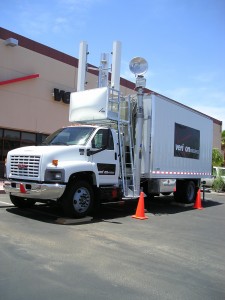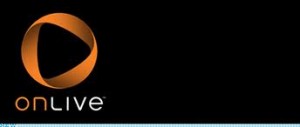If your call, text or tweet doesn’t get through from the Super Bowl in Indianapolis, you probably won’t be able to blame the phone companies. Today AT&T and T-Mobile joined Verizon Wireless and Sprint in announcing special plans to increase wireless capacity for the Feb. 5 showdown between New England and New York, which is expected to attract enough folks to completely fill the 70,000-seat Lucas Oil Stadium.
From the info provided so far it looks like AT&T has done the most in terms of bringing wireless resources to the Indy table: According to the press release AT&T is not only expanding the DAS antenna coverage inside the arena, it is also firing up a public Wi-Fi hot zone in the adjacent neighborhood, while also adding some outside DAS deployments as well as driving nine COWs (cell towers on wheels) in for the party. Indy is also one of the select cities where AT&T has launched its new 4G LTE network, so it’s a good guess that the infrastructure there is new and ready to rock. Safe to say, AT&T probably isn’t going to experience a SXSW style cellular fail at the Super Bowl this year.
T-Mobile, the nation’s fourth largest wireless provider, had sort of a me-too feel to its announcement but things like free charging stations (at the T-Mobile store that is near the stadium) and a T-Mobile sponsored relaxation zone with couches and hot beverages might come in handy if you are in the area. T-Mobile says it has also beefed up backhaul inside the stadium and throughout Indianapolis in general, so if you are a T-Mobile customer you should be OK come game day.
Still unanswered is the question of whether or not popular Internet sites like Twitter are making similar infrastructure preparations for the expected surge in traffic. We still haven’t seen any explanation or mea culpas from Twitter in regards to Sunday’s multiple fail whale appearances, other than a small status report that says everything got fixed. As Jim Rome says, better head to Fry’s, guys, and beef up that server farm.















